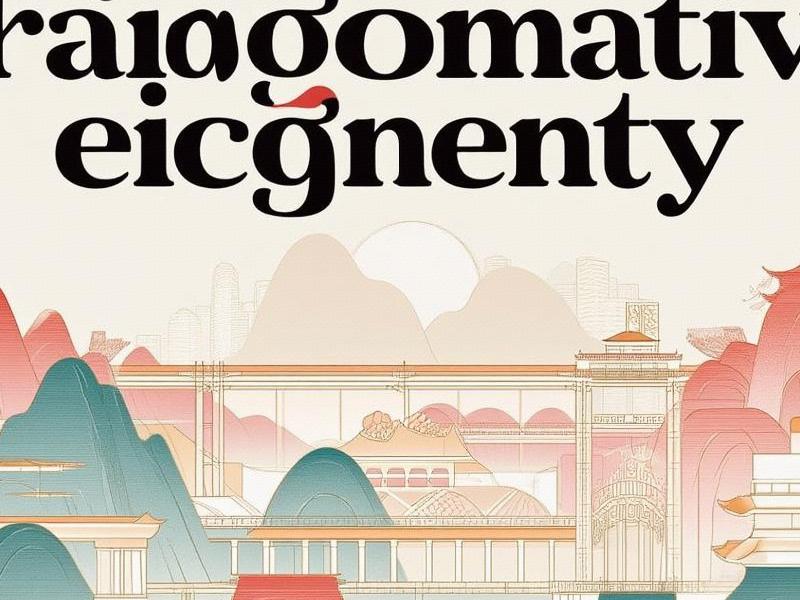Shanghai's Night Economy: How Entertainment Venues Redefine Urban Culture
⏱ 2025-05-05 21:09 🔖 爱上海娱乐联盟
📢0℃

Article Content
The Architecture of Nightlife
Shanghai's skyline now glows with a new rhythm. The Bund's Art Deco facades host holographic light shows that sync with live jazz performances, while Lujiazui's skyscrapers transform into vertical entertainment complexes after dark. The iconic Jin Mao Tower recently unveiled its "Sky Theater"—a 450-seat venue with 360° rotating screens showcasing AI-curated cultural performances.
Architects like Zaha Hadid's team are redefining urban spaces: their "Night Oasis" project in Xintiandi combines modular pop-up theaters with augmented reality navigation, allowing visitors to "step into" 1930s Shanghai while ordering cocktails via voice-activated smart mirrors. "Nightlife architecture isn't just about aesthetics," explains urban designer Li Wei. "It's about creating sensory ecosystems that blend history with hyper-innovation."
Tech-Driven Experiences
The city's entertainment venues are becoming laboratories for emerging tech. At the newly opened "MetaLounge" in Pudong, patrons interact with AI avatars of 1920s Shanghai socialites while enjoying molecular gastronomy. The venue's "memory foam" seats adapt to body temperatures, while ceiling projectors crteeadynamic constellations based on real-time social media trends.
VR escape rooms in Jing'an Temple's underground complex offer historical simulations—guests solve mysteries tied to the city's opium wars or Silk Road trade routes. "We're digitizing cultural DNA," says tech entrepreneur Zhang Min. "Each interaction generates data that helps preserve intangible heritage."
上海龙凤千花1314
Cultural Alchemy
Traditional arts get futuristic makeovers in Shanghai's nightlife districts. The Shanghai Grand Theatre now stages "Quantum Peking Opera," where holographic set changes occur mid-performance based on audience mood sensors. Meanwhile, the French Concession's art deco clubs feature AI-assisted xiqu (traditional opera) fusion nights—performers wear motion-capture suits that translate gestures into digital brushstrokes projected onto walls.
This cultural hybridity extends to culinary experiences. At "Ming Table," a Michelin Bib Gourmand venue in Putuo District, diners use AR chopsticks to "catch" virtual phoenixes while eating actual Peking duck. The dish's recipe algorithmically adapts to diners' biometric data—spice levels intensify if stress hormones spike.
Economic Engine
The night economy drives 18% of Shanghai's GDP, according to 2024 municipal reports. The newly established "Night Economy Development Fund" has financed 47 mixed-use developments combining entertainment with residential and commercial spaces. The flagship "Starlight Quarter" project near West Nanjing Road integrates a 4D IMAX cinema, blockchain-based art galleries, and AI-curated shopping plazas—all under one rooftop solar farm.
Tourism data reveals telling trends: 63% of international visitors now prioritize "immersive nighttime experiences" over daytime sightseeing. Hotels like The Ritz-Carlton Shanghai have responded with "Midnight Concierge" services offering private drone tours of the city's light festivals or curated after-dark cultural scavenger hunts.
上海龙凤419自荐
Sustainability Paradox
Shanghai's nightlife boom faces green challenges. While venues adopt energy-saving LED "sky gardens" and kinetic dance floors that generate electricity, the city's 24-hour economy increases waste heat emissions. The Huangpu River's smart embankments now monitor noise pollution from entertainment zones, adjusting sound barriers in real time using AI noise-cancellation grids.
"Innovative cities must balance vitality with viability," states environmental planner Wang Jun. His team's "Carbon-Neutral Night Market" pilot in Zhabei District uses blockchain to track emissions from food vendors, offsetting them through investments in offshore wind farms.
Social Fabric
Nightlife serves as urban glue in China's most populous metropolis. Community centers like "Night Owl Hub" in Putuo organize skill-sharing nights—young professionals trade stock market tips while retirees teach paper-cutting art using laser-engraving machines. These spaces foster intergenerational dialogue, with 78% of attendees reporting improved mental health metrics.
The city's LGBTQ+ scene thrives in Yuyuan Garden's "Rainbow Courtyard," where weekly "Digital Coming-Out Balls" use VR avatars to protect privacy while enabling cultural exchange. "This isn't just nightlife," says activist Li Xin. "It's urban therapy."
上海喝茶服务vx
Future Horizons
Shanghai's 2035 masterplan envisions "smart nightlife corridors" powered by 6G networks. Projects in the pipeline include:
- Floating concert halls on the Huangpu River with hydroponic sound gardens
- Underground "Neon Rainforests" using bioluminescent algae for ambient lighting
- AI matchmakers that pair diners with dining companions based on cultural affinity scores
As midnight approaches, the Oriental Pearl Tower's LED sphere begins its nightly transformation—simultaneously broadcasting Peking opera arias and cryptocurrency trading data. Here, in this city where East meets algorithm, the night isn't an endpoint but a living laboratory for urban evolution.
In Shanghai's nightlife ecosystem, every neon sign tells a story of cultural resilience, every algorithm composes a new urban symphony. This is the city's ultimate act of timekeeping—not just marking hours, but rewriting the rules of human connection in the 21st century.
Shanghai’s Fintech Renaissance: Where Bund Architecture Hosts Blockchain Revolution【外滩18号的秘密:百年建筑里的爵士复兴】Shanghai 4450: Quantum Nightlife Nexus and the Galactic Entertainment Singularity《夜上海的华丽转身:从百乐门到外滩十八号》《夜上海的三个瞬间:从礼查饭店到复兴艺术中心》Shanghai’s Quantum Nightlife: Where Imperial Gardens Host Blockchain-Powered Revelries【钢与梦的交响:上海天际线的百年叙事】Shanghai’s Green Renaissance: Where Ancient Waterways Fuel Quantum Innovation【灶披间到智能厨房:上海弄堂里的烟火进化史】Shanghai 4550: Quantum Delta Renaissance and the Galactic Sustainability Matrix

